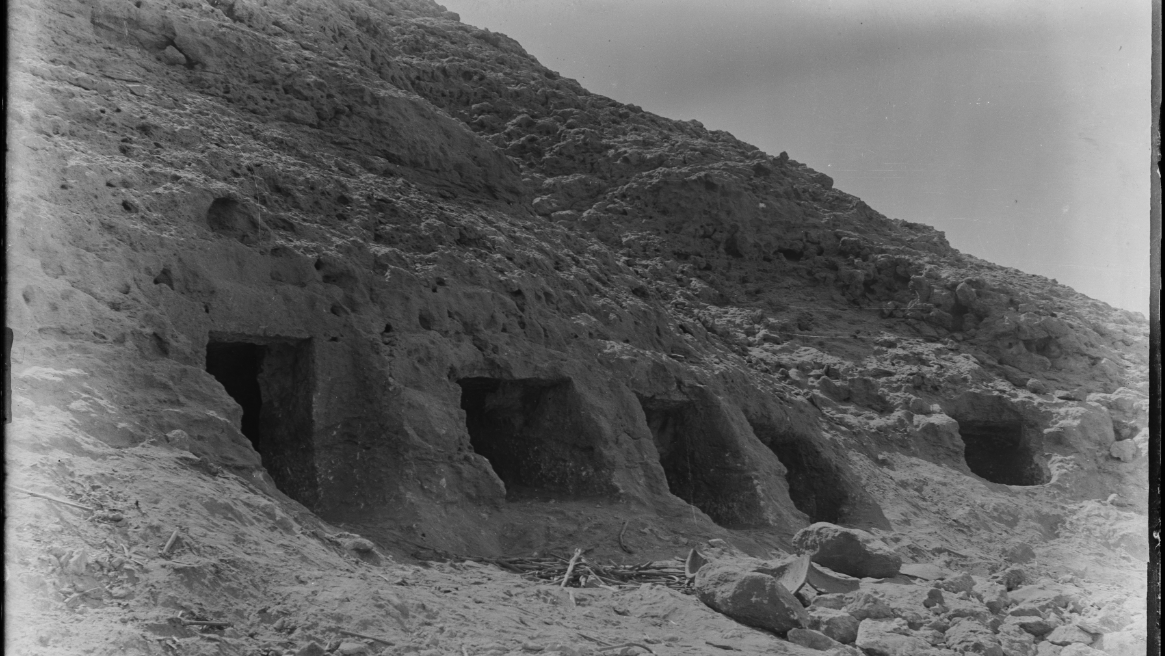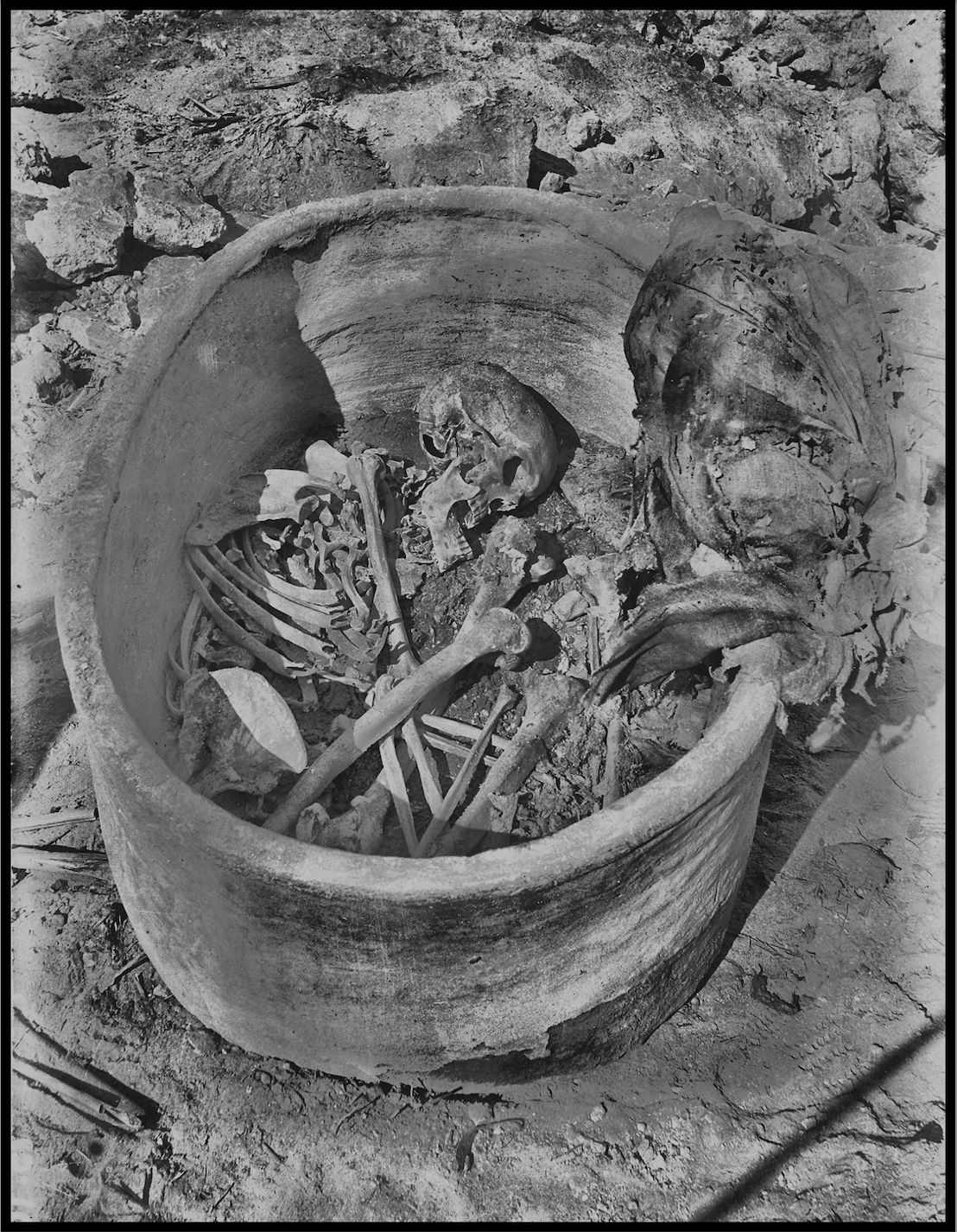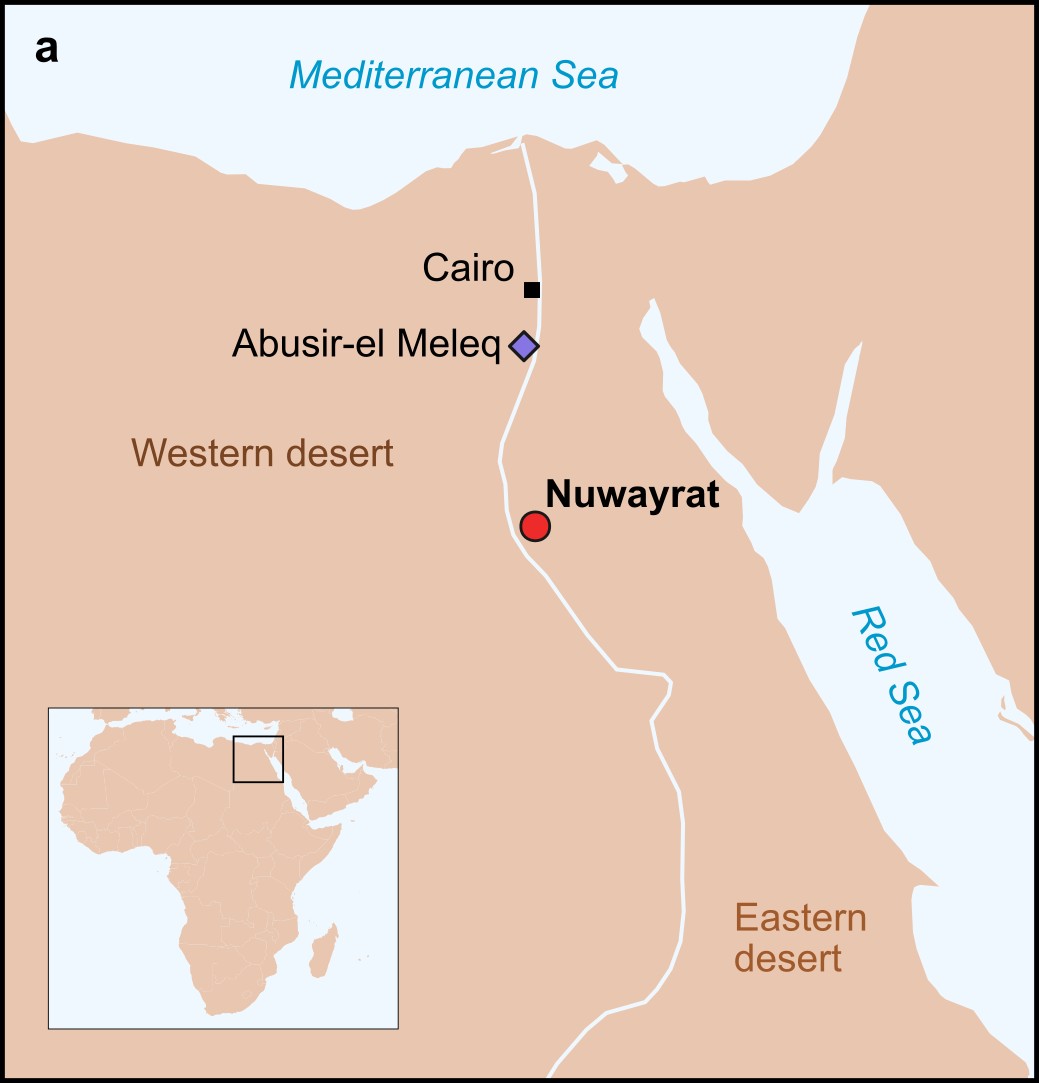Oldest and most complete ancient Egyptian human genome ever sequenced reveals ties to Mesopotamia
In a first, researchers have sequenced the complete genome of a man from ancient Egypt, and the results reveal that he had genetic ties with Mesopotamian DNA.

Scientists have sequenced the oldest and most complete genome from ancient Egypt — and the DNA reveals that a man who lived 5,000 years ago had roots in both Mesopotamia and North Africa, a new study finds.
The man — who lived during the Old Kingdom in the third millennium B.C., just a few centuries after Upper and Lower Egypt unified into one empire — provides researchers with a rare glimpse into the genetic roots of ancient Egyptians.
The individual's body was first recovered from a tomb in Nuwayrat, in Upper Egypt, in 1902 and now reveals new information about the genetic makeup of early Egyptians. Prior to this analysis, only three ancient Egyptian genomes had been sequenced, and all were partial.
"I was very surprised" by the success of the sequencing, study co-author Pontus Skoglund, who studies ancient DNA at The Francis Crick Institute in the U.K., said at a news conference Tuesday (July 1), before the paper's publication. "It was a long shot that it would work, as it is with many of these individuals."
An old potter
Radiocarbon dating found that the man had lived around 2855 to 2570 B.C., during the Old Kingdom, a period known for its stability, innovation, and the construction of the step pyramid and the Great Pyramid of Giza, according to a statement.
He was buried in a ceramic pot within a rock-cut tomb and was preserved well enough that two DNA extracts from the roots of his teeth could be sequenced. Researchers compared his genome against a library of thousands of known DNA samples.
Eventually, they found that most of the man's genome could be traced to North African Neolithic ancestry, according to the study, which was published in the journal Nature Wednesday (July 2). About 20% of his DNA was linked to the eastern Fertile Crescent, including ancient Mesopotamia and its neighboring regions.
Get the world’s most fascinating discoveries delivered straight to your inbox.

The facial reconstruction of the Egyptian man whose genome can be traced to ancient Mesopotamia.

Remains were buried in a pottery coffin in Nuwayrat, in Upper Egypt, in 1902.

Scientists analyzed the genome of an ancient individual found in Nuwayrat (red dot), about 165 miles (265 kilometers) south of Cairo. It's rare to find preserved human DNA from ancient Egypt, but another individual's DNA from Abusir el-Meleq (purple diamond) from the Third Intermediate Period (circa 1070 to 713 B.C.) was previously sequenced.
This body was uniquely well preserved compared with those of other ancient Egyptians, which often degrade due to the high temperatures of the region. "The pot burial, in combination with the rock-cut tomb into which the pot burial was placed, provided a stable environment" that likely helped preserve the DNA, study co-author Linus Girdland-Flink, an archaeologist at the University of Aberdeen in the U.K., explained at the news conference.
Related: Why are so many ancient Egyptians buried at the Saqqara necropolis?
The man's remains provide clues about his life in ancient Egypt nearly 5,000 years ago. He lived to between 44 and 64 years old, which would have been considered an advanced age for his time. The high degree of osteoporosis and arthritis suggests he was on the higher end of that age bracket, study co-author Joel Irish, a bioarchaeologist at Liverpool John Moores University in the U.K., said at the conference.
The man's ceramic-pot burial and rock tomb point to an elevated social status, which contrasts with the many signs of hard physical labor on his remains. Irish found evidence that the man had held his hands out and sat for extended periods of time — a clue that he may have been a potter.
Ancient Egypt's genetic roots
Because most of the man's genetic ancestry is linked to North Africa, it's likely that "at least part of the Egyptian population mainly emerged from local population," study first author Adeline Morez Jacobs, a biological anthropologist at the University of Padua in Italy, said at the conference.
More notably, the link to Mesopotamia "was quite interesting because we actually know from archaeology that the Egyptian and the eastern Fertile Crescent cultures influenced each other for millennia," she said. It was already known that the groups shared goods, domesticated plants and animals, writing systems and farming practices, but this genome is evidence that the populations intermixed more deeply.
However, Morez Jacobs cautioned that this man's DNA may not represent the broader Egyptian population of his time. "We need to remember, this is a single individual," she said. "We didn't capture the full diversity of the population."
Ancient Egypt quiz: Test your smarts about pyramids, hieroglyphs and King Tut

Perri Thaler is an intern at Live Science. Her beats include space, tech and the physical sciences, but she also enjoys digging into other topics, like renewable energy and climate change. Perri studied astronomy and economics at Cornell University before working in policy and tech at NASA, and then researching paleomagnetism at Harvard University. She's now working toward a master's degree in journalism at New York University and her work has appeared on ScienceLine, Space.com and Eos.
You must confirm your public display name before commenting
Please logout and then login again, you will then be prompted to enter your display name.
